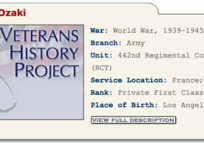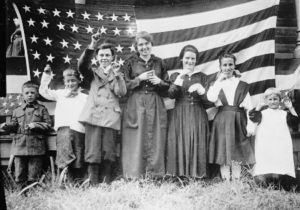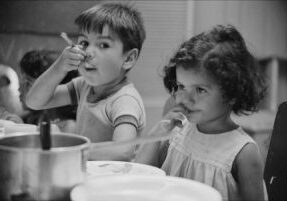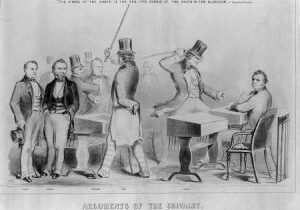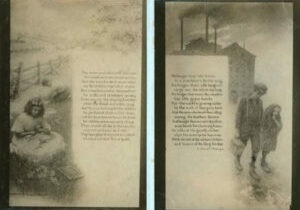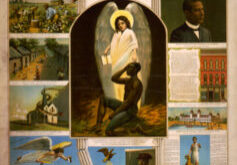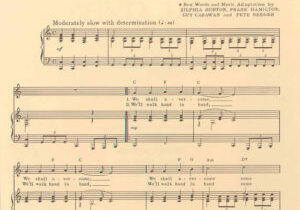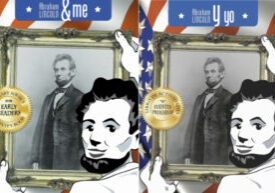Lesson Plans
Digital Stories of Our Heroes
Students learn about U.S. history while adding to the collective American memory as they use interview and digital presentation skills to discover, elicit, and relate the stories of local veterans and others who contributed during times of conflict.
Trade: Responsibility on the World Stage
In this lesson geared towards fifth graders, students analyze primary sources to understand the principles of fair trade and consider their responsibilities as global citizens.
Learning About (Dis)ability in History
Students—particularly young children learning about the world and their place in it—easily recognize common differences and (dis)abilities among classmates. This guided inquiry situates students to consider the (dis)abilities they see and do not see, both in history and today. The sources and strategies mix reading, writing, and thinking with history, civics, and social and emotional learning to spark, scaffold, and sustain students’ interests while providing students with opportunities for civic engagement.
I’m More Than You See
Students learn about Maslow’s Hierarchy of Needs and use primary sources to cement their understanding. Then they reflect on the identities of others and how people’s basic needs affect their own stages of needs on the road to achieving their full potential. After, students will work in small groups to discuss how understanding these different levels of needs could help people in their school or local community reach their full potential. Then they create a poster with examples from their discussions, illustrating people at each level on the road to self-fulfillment.
Did Charles Sumner Deserve It?
Students analyze primary sources to learn about one particular event in U.S. history in order to consider more broadly actions taken against slavery. After, students brainstorm alternative actions that might have been taken and use these as a springboard to researching a current event with starkly competing views and determining the cause of those supporting views.
Pairing Pictures & Poems to Tell Stories
Students analyze images and texts to learn the power of pairing pictures with poems to tell stories about the historical issue of child labor and issues affecting children today.
African American Monument
Students review scenes from African American history through analysis of a poster created as a type of monument. After, students create a brief sketch and a write caption for a scene from recent times and explain why they feel the scene is an important addition to the poster.
We Shall Overcome
Students analyze historical and contemporary primary sources to examine how citizens persevered to overcome injustice and affect change during the 1960s civil rights era and consider the lessons the first March to Selma and the events that followed in 1965 provide for us today.
What is Our Value?
Students analyze primary sources to investigate people whose lives may not have been adequately valued by their contemporaries and consider how those individuals could have been valued, and possibly assisted. After students create a song, diary entry, or podcast that addresses their historical investigations as well as their own contemporary viewpoints.
Abraham Lincoln & Me Activity Book
Students become familiar with primary sources and learn about Abraham Lincoln and his accomplishments while fostering a personal connection to this U.S. president. Cross-curricular extension activities for each page provide numerous options for extending learning and all pages are available in both English and Spanish with accompanying audio files.
